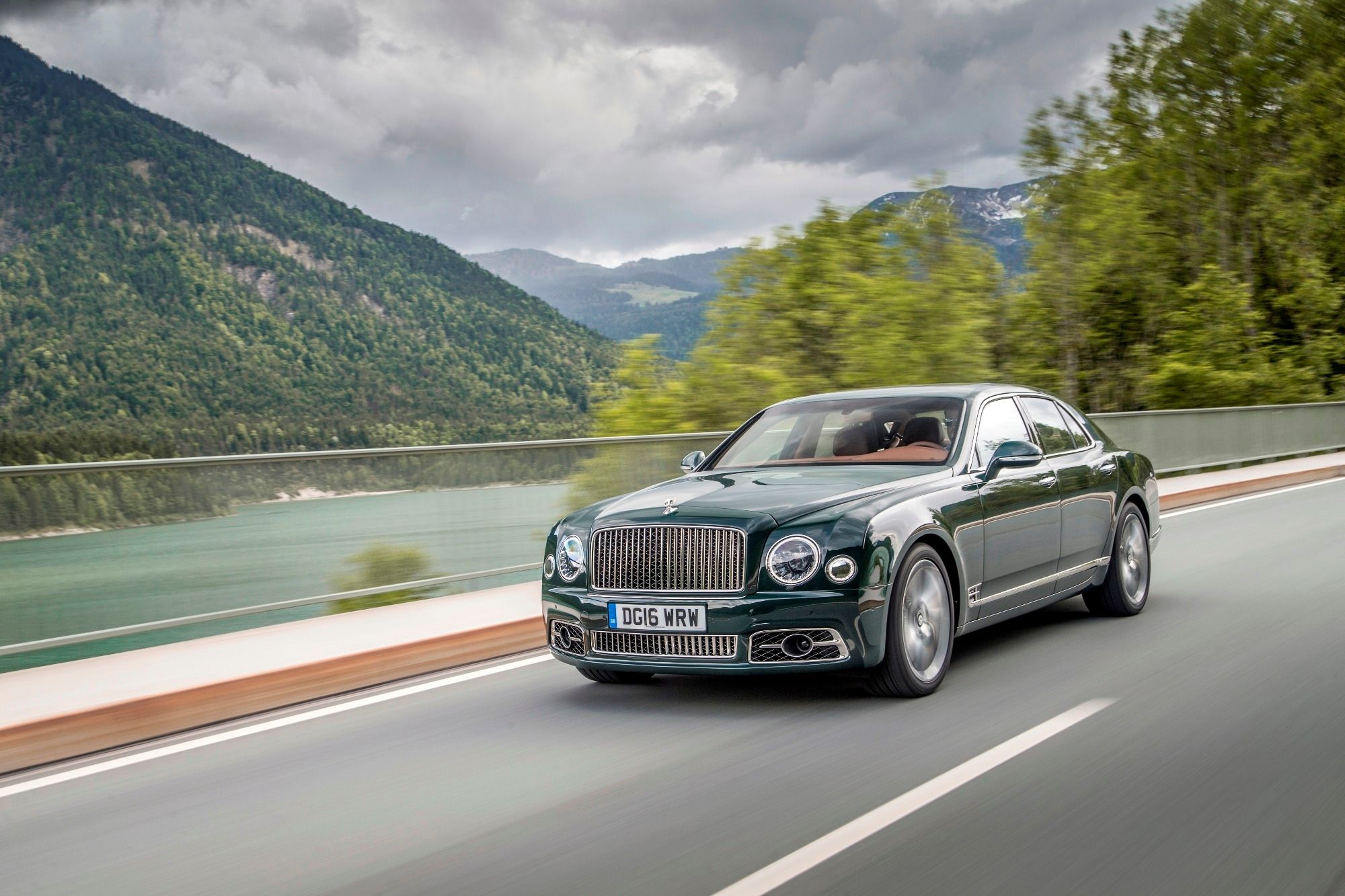
Bentley, suffice it to say, is a marque deeply rooted in history, and designs its modern cars in classic form. But it's putting its heritage back into play in a far more concrete fashion with the vehicle you see here.
What you're looking at is a 1929 Bentley 4½-litre "Team Blower" – among the most pivotal cars in the company's long history, and one of just four examples still running. Now 90 years since it was first produced, Bentley has announced it's putting it back into (strictly limited) production with a "continuation" series of twelve examples.
Continuation cars are essentially replicas undertaken by the original manufacturer, typically with painstaking authenticity and attention to detail. It's a practice that's been particularly embraced by British automakers of late, like the Jaguar XKSS and Lightweight E-Type, the Aston Martin DB4 GT, and the Lister Knobbly. While those recall famous sports cars of the 1950s and '60s, Bentley's (in a "world-first") stretches back much earlier to the pre-war period.
The original 4½-litre Blower Bentley, for those unacquainted with this early chapter in motor racing, stemmed from a collaboration between the factory and privateer racer Sir Tim Birkin, one of the original Bentley Boys.
While founder WO Bentley favored increasing displacement, Birkin preferred forced induction – specifically the Roots-type supercharger made by British engineer Amherst Villiers, which helped increase the giant four-cylinder engine's output from 130 horsepower to 240 hp in race tune.
Birkin convinced Bentley to build 55 vehicles with the supercharger installed, setting aside five for competition. 90 years later, four of those are still around – three in the hands of private collectors, and one in the company's own collection. It runs and displays the car regularly in historic-motoring events like the Mille Miglia and Goodwood Revival, but now it'll be taking it apart, piece by piece.
The process will allow Mulliner's technicians to both replicate each component for the continuation series and carefully restore the original. The only differences between the originals and the continuation cars will be made in the name of modern safety standards, and each will be sold for an undisclosed sum to collectors once reproduction commences two years from now.
We'd wager that the owners of the other three originals will be among the first to place their orders (if they haven't already) so they can run them as hard as they want without fear of trashing their decades-old prized possessions.
